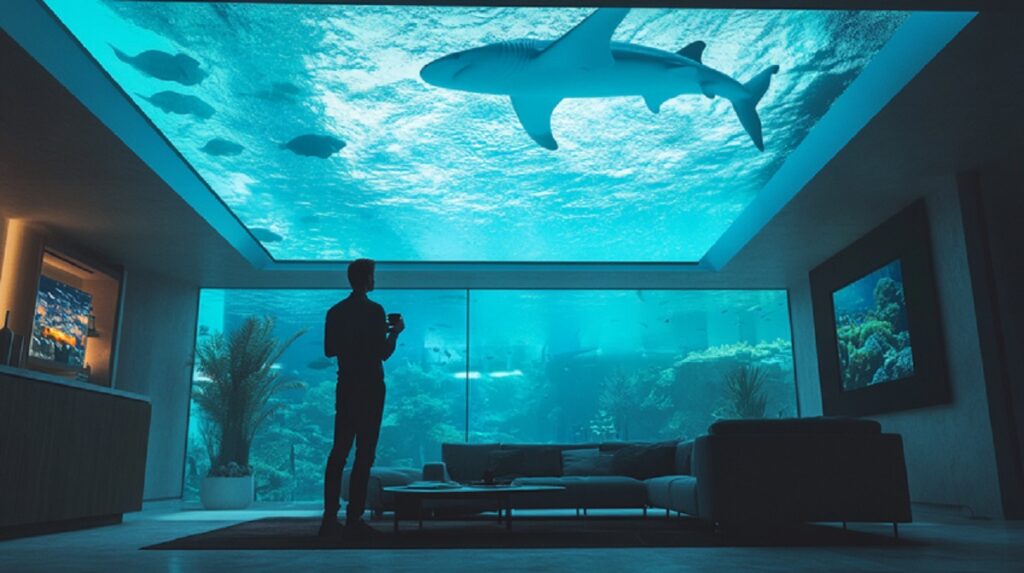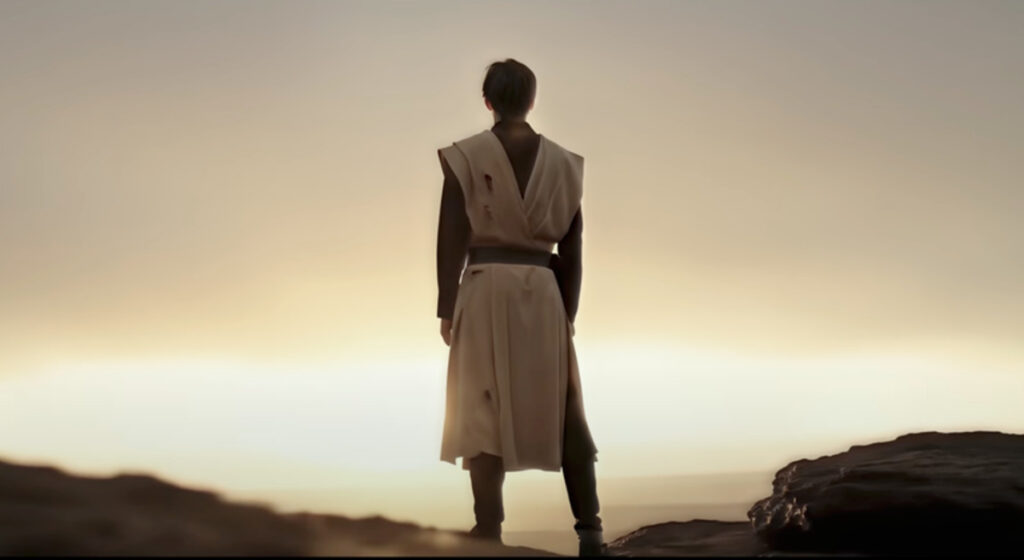When discussing the latest advancements in graphics cards, the RTX 5080 likely comes to mind—sleek, powerful, and undeniably innovative. But what does it reveal when compared to a 16-year-old graphics card? The juxtaposition uncovers fascinating insights into the progress we’ve made… and highlights some surprising consistencies over the years.
The Aesthetic Evolution of Graphics Card Packaging
Rewind to 2009, and the packaging of graphics cards was nothing short of a masterpiece. Brands like ASUS, MSI, and XFX poured creativity into their boxes, turning them into striking visual spectacles. Picture fierce, futuristic designs and elaborate graphics, all crafted to catch the consumer’s eye. These boxes served not just as containers but as marketing powerhouses, showcasing the potential held within.
Fast forward to the present, and the contrast is glaring. A side-by-side comparison of the new RTX 5080 against the earlier EN9800GTX+ from 2009 unveils an interesting detail: the box dimensions remain unchanged. Yes, they’re the same size. However, the design has transformed dramatically. Say goodbye to the bold, vibrant graphics; today’s packaging leans towards minimalist aesthetics featuring sophisticated logos and straightforward specifications.
Long-time enthusiasts may find themselves nostalgic, reminiscing about an era when graphics card packaging boldly expressed a brand’s identity. There’s a shared sentiment among many; those vibrant, artistic designs delivered more than just a product—they ignited a sense of excitement and anticipation about the power we were about to experience.
What Drove the Change in Design?
So, why has the design of graphics card packaging evolved so significantly? Several factors contribute to this shift. Firstly, the market landscape has transformed, along with consumer purchasing behaviours. Shopping habits have drastically shifted from physical retail stores to online platforms, where the visual allure of packaging plays a diminished role in sales. Nowadays, online reviews, benchmarks, and detailed product analyses are paramount in influencing buyer choices.
Secondly, manufacturers are continuously seeking ways to cut costs. Packaging has become a prime focus for streamlining. By moving towards simpler designs with fewer colours and less intricate artwork, companies can save on production costs. While these changes may render the packaging less eye-catching, they enable brands to concentrate on the essential technical features of the product, ensuring that performance remains the central selling factor.
Here’s the intriguing paradox: as graphics technology has surged forward at an incredible pace, the dimensions of the boxes have remarkably remained consistent—albeit without the flare and excitement that once defined them.
Reflecting on the Past vs. the Present
While the modern-day RTX 5080 stands as a testament to technological prowess, there’s an undeniable charm to the nostalgic packaging of the past. It was an era in which companies didn’t just market hardware; they provided an experience, a glimpse into the future of gaming and technology. As we embrace more streamlined and cost-effective designs, it’s hard not to feel a sense of loss for those bold, expressive boxes.
For some, packaging may appear to be a minor detail, but to those who recall the thrill of unboxing a new graphics card, the vibrant designs served as a signal of the technological revolution unfolding inside.
Ultimately, as graphics technology races ahead, there’s a crucial reminder here: the most memorable moments often stem not from the product itself, but from the emotions they evoke upon our first glance. Whether you’re upgrading to the RTX 5080 or reminiscing about the vivid packaging of the past, one thing is for sure: the landscape of graphics cards is perpetually evolving.







